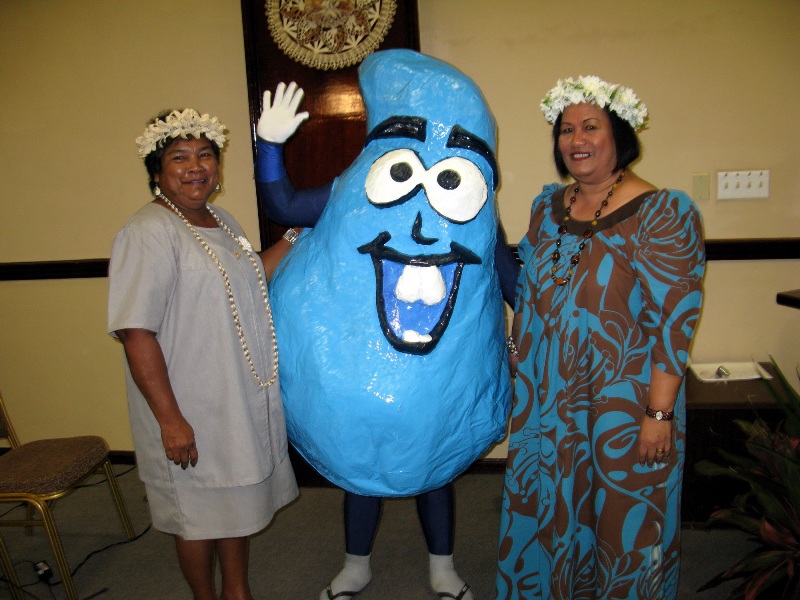RMI Water Summit ends with a plan to move forward

The summit looked at some of the most pressing water issues facing the RMI including: water availability, distribution, quality, and management. Most participants also wanted to know what government is doing to resolve these issues and if there is a plan to better manage water.
The President, His Excellency Jurelang Zedkaia, when opening the summit urged participants to find practical ways to work together to solve water issues and urged all Marshallese to take personal responsibility for this vital resource.
“The challenges relating to water are too big for the government alone to tackle – we can and we must work better together,” President Zedkaia said.
Deborah Manase, General Manager of the RMI Environment Protection Authority, said that she was pleased and impressed by the high attendance at the summit of people from all sectors of government and the community.
“I think the one thing this summit has shown is that water really is an issue that touches everybody and that if we are to come up with a national plan or policy then everybody, not just government, has to take responsibility on how they manage water,” Ms Manase said. “I hope we can now move forward together at all levels of society to protect our water for present and future generations.”
The summit is a first step towards an overarching National Water Policy and as a way to improve awareness at all levels on what the issues are, and what needs to be done to solve them.
“This summit has opened the door and now we all have to walk into the room and sit down to achieve this important goal,” Ms Manase said. “It’s not going to be easy but it is very necessary.”
The First Lady and National Water Champion, Hannah Zedkaia, actively participated in the discussions and breakout groups over the two days of the summit. First Lady Zedkaia worked with other participants to come up with ideas and recommendations on a range of water issues.
“We really appreciate the dedication, commitment and support of First Lady Hannah Zedkaia to water in our country,” Ms Manase said. “Her inspirational work on water will, I believe, help us attain the goals we have put before us.”
Two other Micronesian countries, Palau and the Federated States of Micronesia are also held National Water Summits this World Water Day.
It is anticipated that the National Water Summits will also provide important input at the regional and international level through a solid policy platform and investment plans for water. Summit outcomes are expected to inform the regional initiative to revise the Pacific Regional Action Plan on Sustainable Water Management.
The Micronesian summits were supported by the Secretariat of the Pacific Communities Applied Geoscience and Technology Division (SPC-SOPAC). SPC-SOPAC’s Water and Sanitation Programme provided funding and technical support through the European Union funded Integrated Water Resources Management (IWRM) Planning Programme and also through the Global Environment Facility funded Pacific IWRM Project.

















